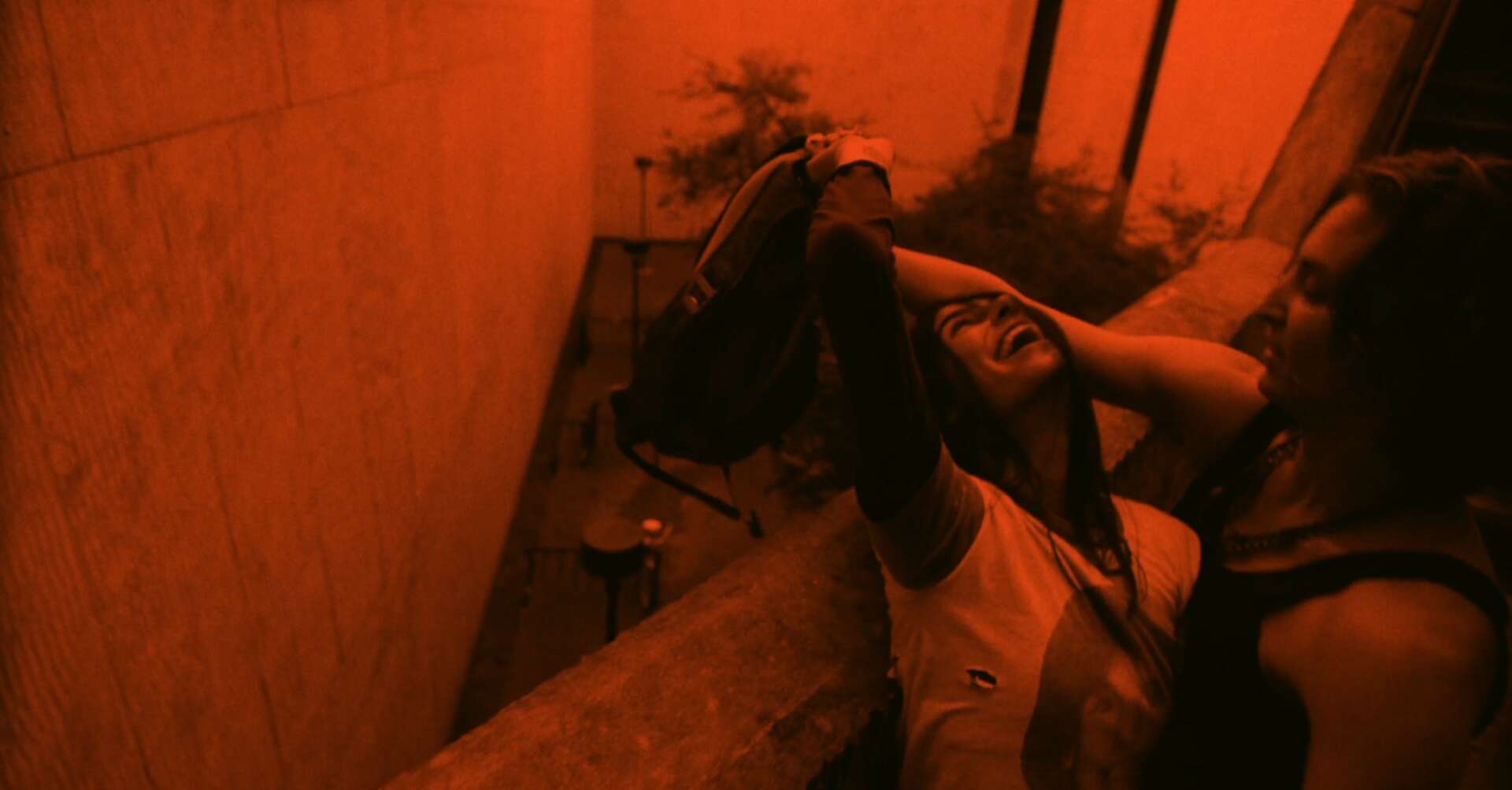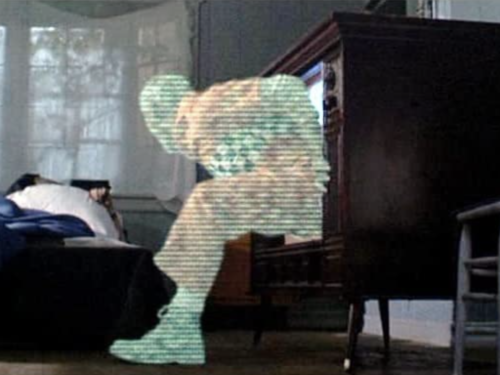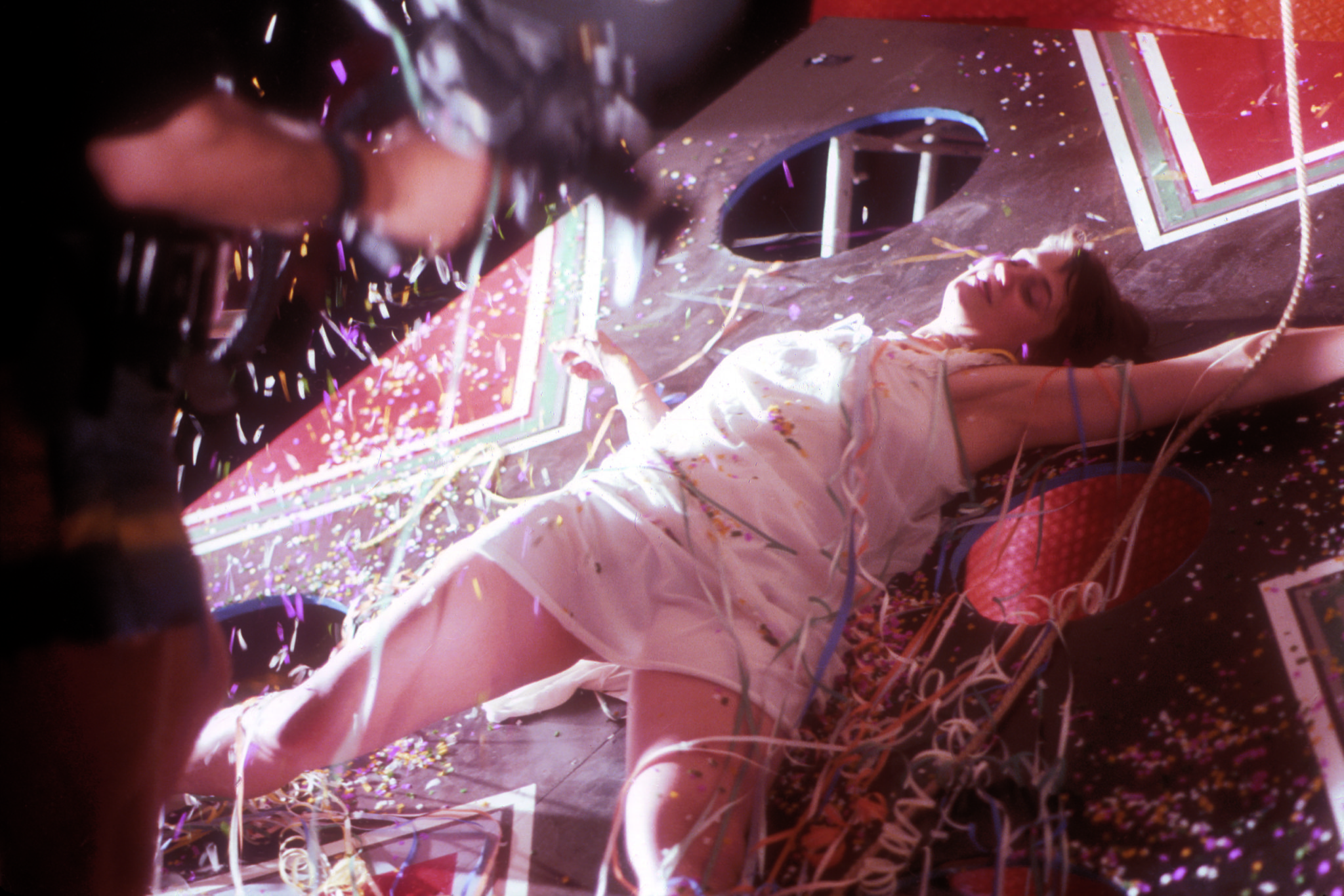Joe Cornelison’s debut feature, now streaming, follows a modern-day werewolf whose existence is marked by pain and abstinence with episodes of brief, ecstatic reprieve
Wulver’s Stane opens with a sequence of discordant images: shadowy rabbits and chickens, computer data, a lifeless hand, a silent film playing on a tube television. We are then presented with a title card: “Three hundred and sixty-six days since Claire has eaten a human.” We watch as Claire, in a tattered interior, prepares a urine-based recipe of some kind using glass bottles, metal trays, and a mortar and pestle. There’s a burbling, whimsical soundscape. The editing is fast-paced and avoids settling for too long on one aspect of Claire’s process. Light pours in through the window and is filtered again through the vials of liquid Claire fills. The image is grainy; it’s unclear whether this is a digitally filtered video or shot on film. The title card tells us we are far from the start of Claire’s journey, maybe closer to its end or at a desperate midpoint. The film invites curiosity and questioning; we are encouraged to search through the images for grounding in a place in time. Before the sequence reaches a conclusion, we have moved on to another scene in a new location. One has to be prepared early on to handle the meaning-making process for Wulver’s Stane. Catch up or be left behind waiting for an answer. There is a promise of meaning to come, of something later that will reward those who pay close attention. Wulver’s Stane ruthlessly pulls us onward.
Joe Cornelison’s film tells the story of a werewolf, Stoney Claire McKenzie, played by Adrian Collins, as she navigates her abstinence from eating human flesh. In an interview with CanvasRebel, Cornelison calls Wulver’s Stane “a contemporary reimagining of ancient werewolf mythology.” The film, Cornelison’s debut feature, takes place in an anonymized Austin, Texas, and is shot by cinematographer (and Split Tooth contributor) Jim Hickcox. The film creates an internal language without traditional cinematic storytelling techniques. Cornelison has previously worked most as a production designer, notably on Hickcox’s iconoclastic sci-fi horror, Soft Matter (2018), and his experience shows in Wulver’s Stane’s intricate design. Interior locations, such as Claire’s apparent home, are filled with props that appear worn with use and age. The film presents them with little context. One comes to expect a comprehensive reveal later in the film to tell exactly who Claire is and what she is doing, but the reveal never happens. Wulver’s Stane is interested more in providing glimpses. The film’s backstory becomes clear not through expository means, but in information-rich set pieces and imagery. The film both invites deep-seeking and resists providing answers to why the world of the film is the way it is.
Cornelison cuts the film with a rapid pace. This propulsivity seizes on the viewer’s half-creations of meaning. We’re allowed only seconds to draw connections and are bombarded with new information before we can really settle on anything. This requires an intense, moment-to-moment resourcefulness. We are asked to pick up on details the instant they arise and grab what we can. It’s the sort of skills necessary for someone who hops cargo trains and needs to make split-second decisions, or a predator who is close on the trail of its prey.
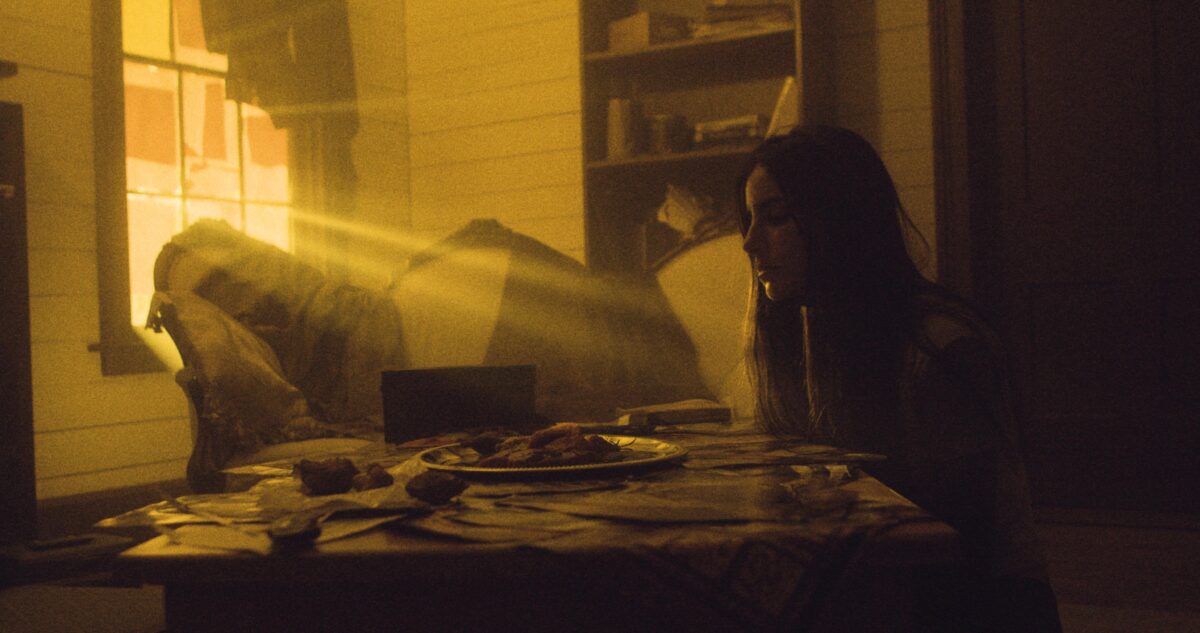
Cornelison insists on beauty even in the fleeting, interstitial aspects of the film. He values the power of framing as a means of changing how we see and interpret each aspect of Wulver’s Stane. Consider one recurring symbol in the film, a triangle overlaid with circles, numerals of some kind. The image appears early in the film above text that reads, “Sigil… Wrists, Underside.” We later recognize the symbol on Claire’s wrists as tattoos that hold sway over her being. A voiceover in the middle of the film remarks, “Those things on your wrist are a cage; they’ll betray you. And then what will you be?” Each title card, document, and drawing has the potential to create complex and shifting relationships to different people and places throughout the film. Though it appears like one, the triangle sigil doesn’t function within the film as a code to crack. Instead, it’s an example of Wulver’s Stane’s richness, its manner of giving the viewer more information than they are capable of comprehending in a single viewing through a variety of forms.
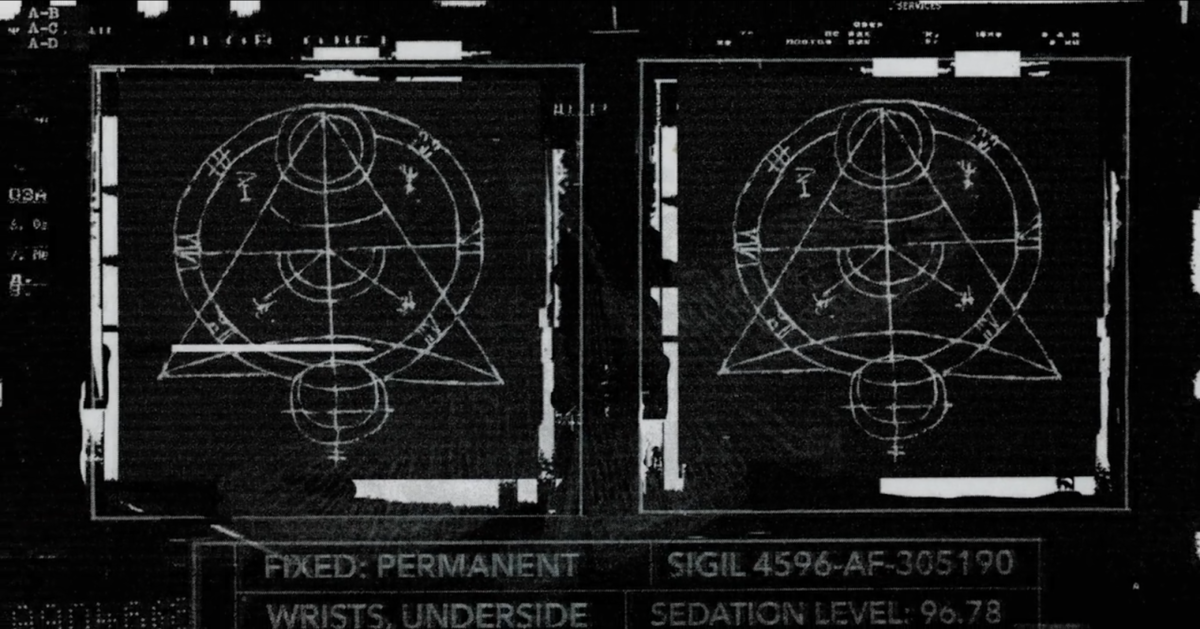
There is an exemplary sequence early in the film when Claire contemplates purchasing a motorcycle. We are oriented into the scene with a brief frame reading “FOR SALE” over a worn, scanned(?) photo of a motorcycle, followed by a title card set over concrete buildings that says, “3:30PM (claire’s possible new ride).” The title cards, which give oblique hints at a place-in-time of Claire meeting the motorcycle owner in a garage, could be misconstrued as merely an economic expository measure; however, the stylized approach Cornelison takes in guiding us into the scene suggests the beginnings of a subtle alchemy. Claire stands by a Suzuki GS550 as a potential buyer. Instead of checking the engine or the state of the tires, she appears to just gaze at the bike. She seems to make a firm decision without a thorough inspection. In a film that requires viewers to actively engage with its fragments and details, a scene like this provides a possible method of examining the film itself. Instead of deep, critical inspection of the parts, it may serve more to let the alchemical result hit us. The motorcycle, a well-worn symbol of freedom, acts as a tool for freeing both the film and the viewer. It starts to feel as if the film is working on us, creating something new through contrasting elements. The establishing title card of concrete buildings is both a loose, stylized way of establishing time and place, and part of a visual conflict when arranged alongside Claire’s potential for freedom.
Claire’s character exists in a world of yearning, of inextricable history, and a state of thwarted desire. She exists in a metropolitan, concrete-walled downtown where she must find new avenues for liberation if she is to abstain from killing. The motorcycle “scene,” if it can be called that, exists as an exit, a stylistic flight or aria that frees both Claire from her suffering and the viewer from the confines of the generic requirements of the film as a “werewolf movie.” Claire is confined by her desires as a werewolf; the viewer is confined by the stylistic and formal requirements of the film. The motorcycle could be a way out, at least temporarily, from the arrested state she finds herself suffering through. Claire doesn’t actually ride the motorcycle until later in the film. Our only hint that she got the bike comes in the form of a gauzy-looking shot of the motorcycle’s instrument display, framed as though the viewer is sitting at the front of the motorcycle, not driving it, but riding along with an unseen driver. The freedom is momentary, and part of a longer sequence of Claire appearing in different environments without formal transitions between locales. Again, the film draws attention to how our perspective is limited by its style; we can only find freedom within its formal boundaries.
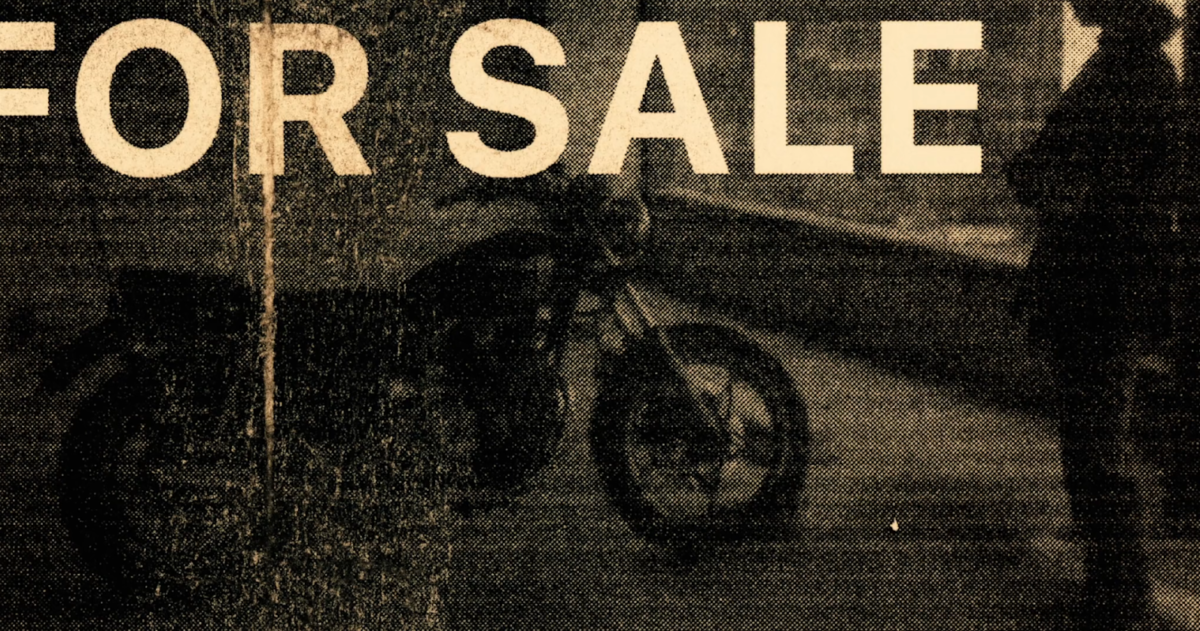
The werewolf/wulver is a concept that brings about the potential within humans for duality and for internal, irredeemable horror. Werewolves in Wulver’s Stane are a tool to bring Claire to a point of desperation in sobriety and redemption. Though Claire’s circumstances are otherworldly, her pain and struggles in sobriety are human experiences. Claire’s existence is marked by pain and abstinence with episodes of brief, ecstatic reprieve. The tragedy of werewolves is that after each monstrous killing they are confronted with human remorse. This duality fills the conclusion of Wulver’s Stane with a distinct expression of repentance. Cornelison’s understanding of Claire draws the film closer to an embodiment of feelings reserved for religious experience: redemption, ecstasy, doom, grace. The film asks: what would it mean for Claire to break a boundary? Is there some way to arrange things so that freedom can be achieved within the confines of her “cage?” Claire’s urges hold extreme consequence. To sate her lust, she must kill, and she appears regretful of this. The film achieves a sense of freedom and bliss strictly as a consequence to anguish, not in the shedding of anguish. Without this anguish there is no sense of freedom. If Claire is not to kill, she must live in pain. Claire tries to fight her urges, distort them, run from them, but eventually the film recognizes its end in her submission to these urges.
The film’s final shots are too precious to be shown out of context. We see Claire kneel before an impossible entity. She is both running and kneeling at once. She is both beast and human, a horrific killer and a remorseful artist. The film, like a miracle, ends, when all scenes before it hinted at eternal, conclusion-less continuation. Until this point, Wulver’s Stane dwells in the period of sobriety from killing, in the actions Claire can take to resist the urge. At last, her freedom from the boundary of the film comes in prayer-like submission to the terms of her life.
Stream Wulver’s Stane on Amazon Prime and more here
Stay up to date with all things Split Tooth Media
(Split Tooth may earn a commission from purchases made through affiliate links on our site.)

